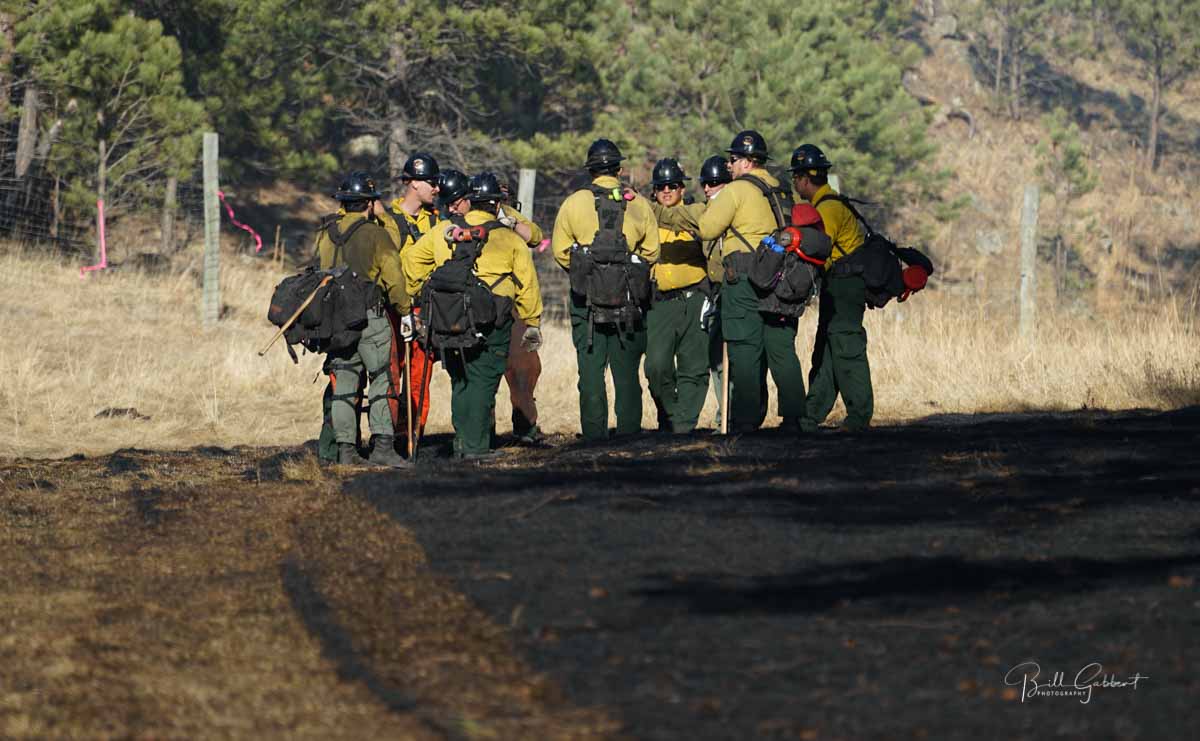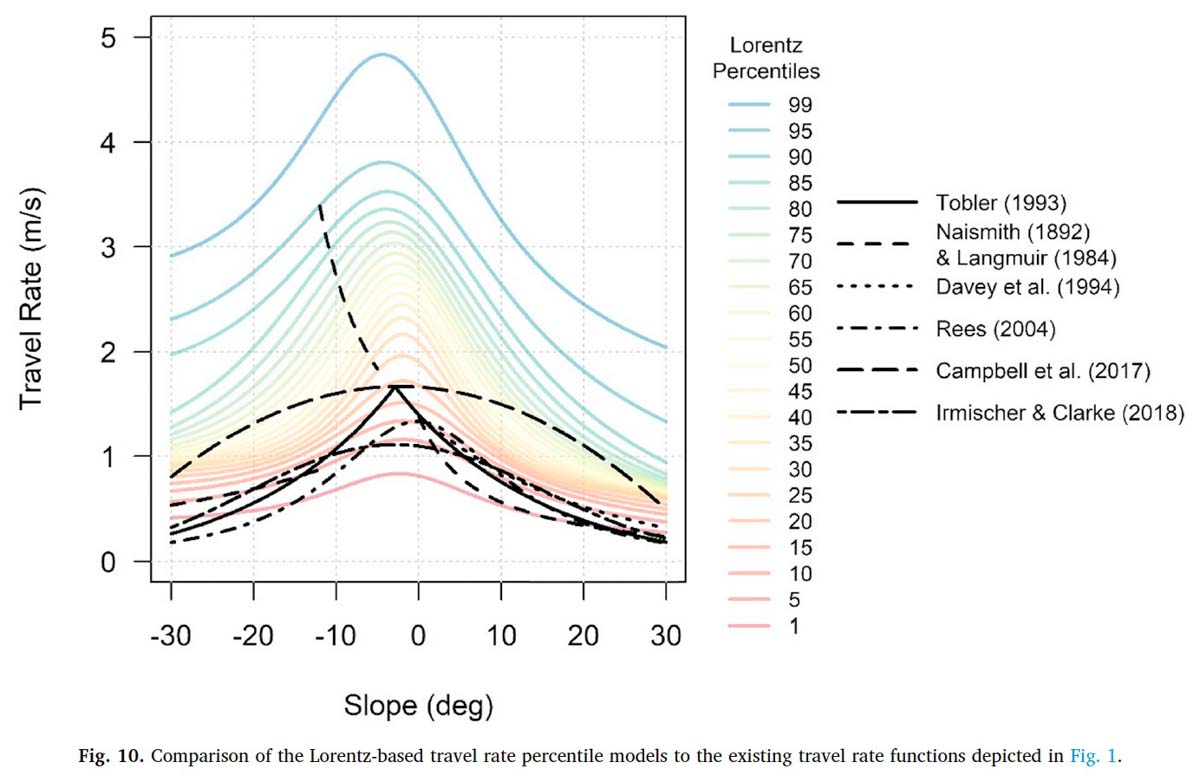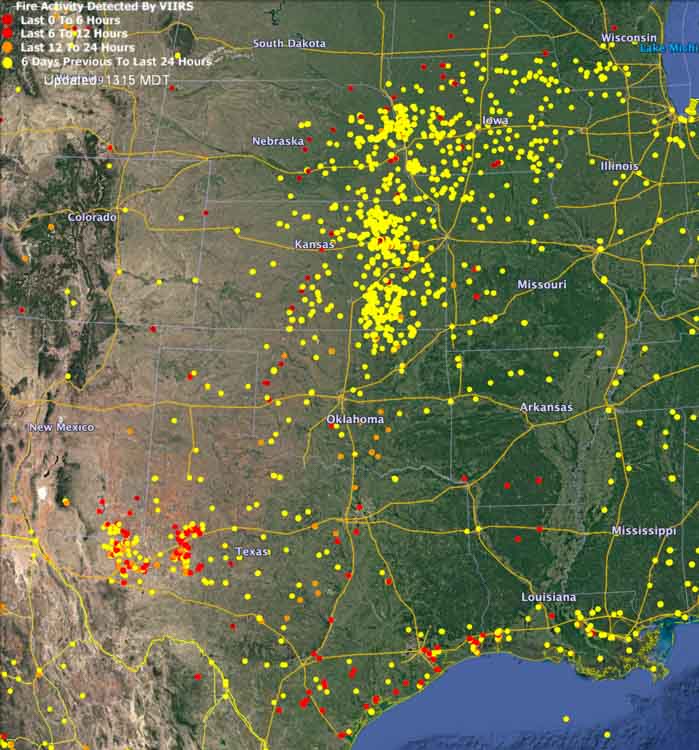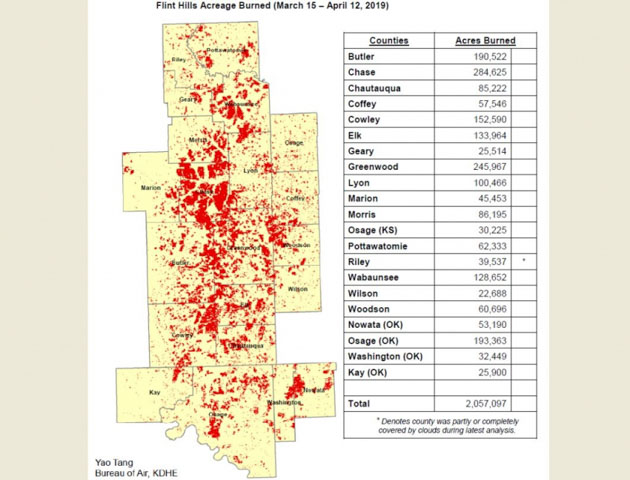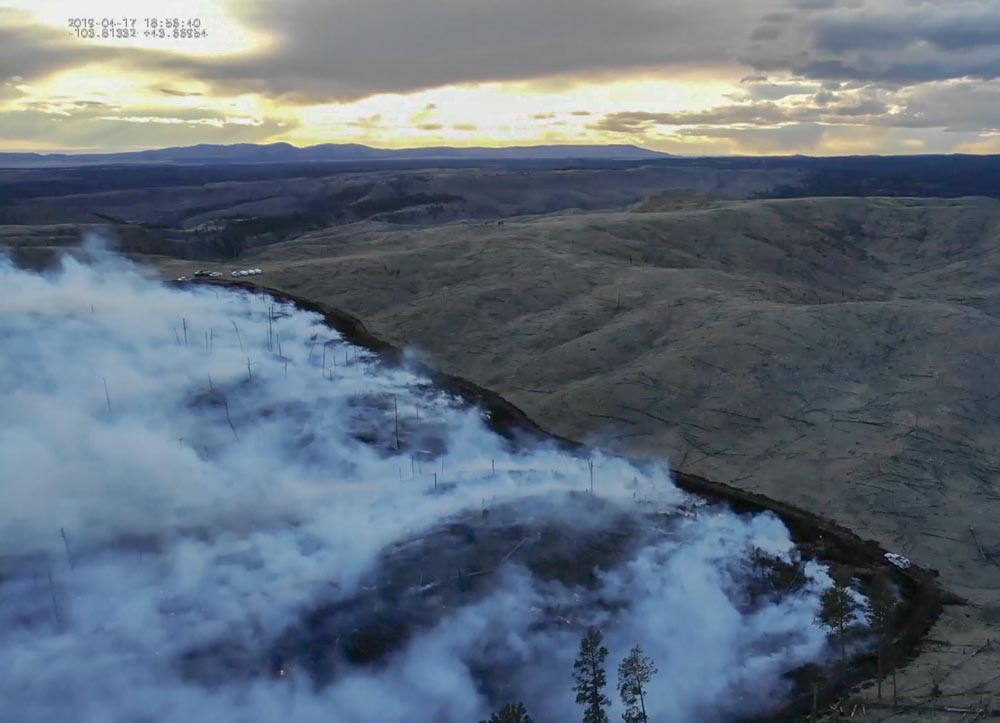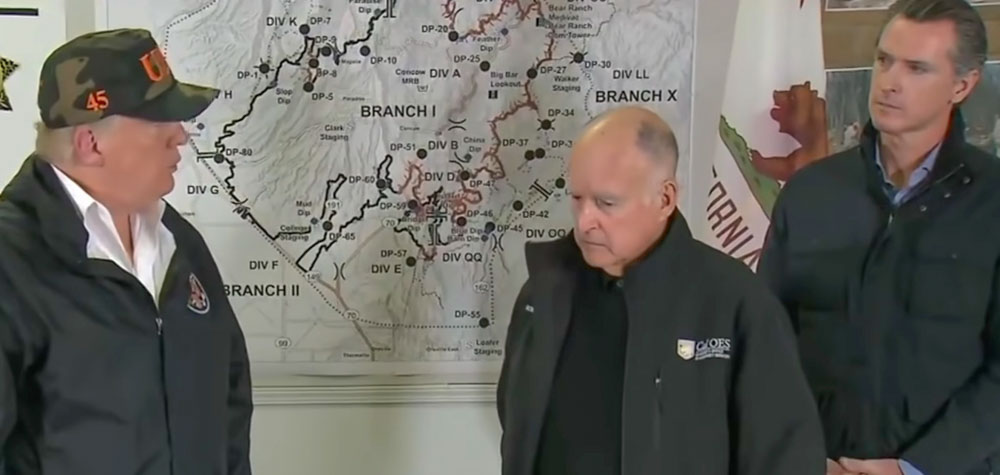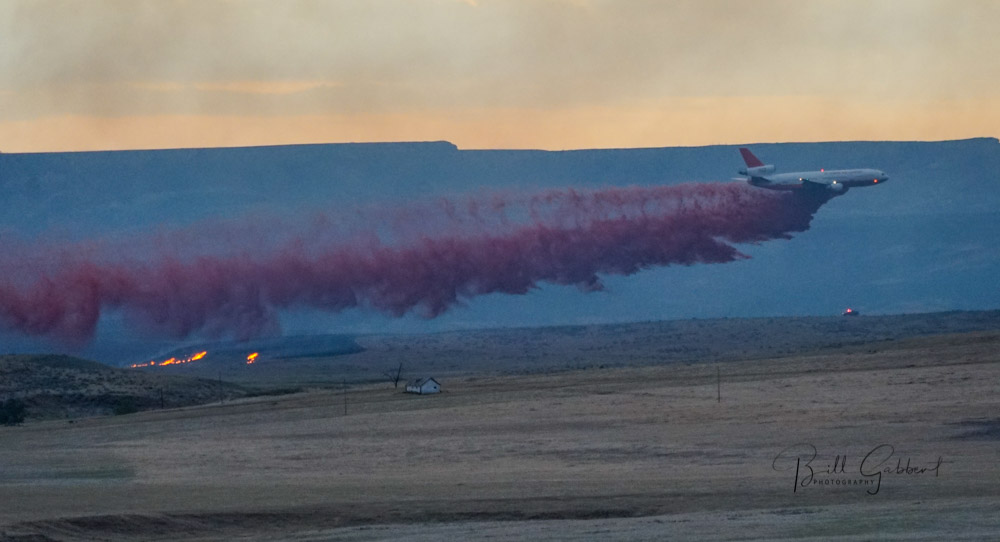
The Chief of the U.S. Forest Service, Victoria Christiansen, has issued a Letter of Intent for Wildland Fire for 2019. The “intent” is probably derived from the principle of “leader’s intent” which should be included in a briefing for a fast-moving, dynamic situation so that subordinates can adapt plans and exercise initiative to accomplish the objective when unanticipated opportunities arise or when the original plan no longer suffices.
This is at least the third annual Intent letter and this year’s version is much more specific than last year’s missive. Chief Christiansen’s 2018 letter talked about safety, “protect the people and communities we serve”, the National Cohesive Wildland Fire Management Strategy, the fire funding fix that takes effect in FY 2020, and a few miscellaneous topics.
The letter dated April 11, 2019 hits on most of those but in a more specific way. It is like the difference between Smokey Bear saying “Prevent Forest Fires”, and “Douse your campfire with water, stir it, and douse it again.”
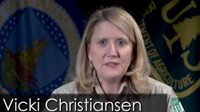 During the last two years the Forest Service has been accused of not doing enough to create a workplace free of harassment. In the hearing on April 9 before the Senate Energy and Natural Resources Committee six minutes was spent on this subject. In the April 11 letter, 78 words are devoted to the issue.
During the last two years the Forest Service has been accused of not doing enough to create a workplace free of harassment. In the hearing on April 9 before the Senate Energy and Natural Resources Committee six minutes was spent on this subject. In the April 11 letter, 78 words are devoted to the issue.
The Chief’s letter implores Forest Service personnel to use “the best science available” when making decisions. It also urges them to implement Administration policies such as “engage early with our partners and communities” before fires start, “use active management that focuses on wildfire risk reduction, forest products and restoration”, and “use wildland fire to achieve desired ecological conditions”.
Below are excerpts from the Chief’s 2019 Letter of Intent for Wildland Fire:
“…As I look ahead to the remainder of the 2019 fire year, it is more important than ever we remain grounded in our core values of safety, diversity, conservation, interdependence and service, while we foster a safe, respectful workplace where everyone is valued for their contributions. Everything we do—every part of our mission—depends on creating a workplace where each one of us is able to thrive in our work, free from harassment and safe from harm.
“For wildfire response, let me be clear: that we will continue to implement incident response strategies and tactics that commit responders to operations where and when we understand the risks responders may face and where they can be most successful. We will deploy our people under conditions where we protect important values at risk. These decisions will be based on risk-informed trade-off considerations, looking at all available tactics and opportunities, while maintaining relationships with the communities we serve. Each of us must remain committed to “stop, think and talk” before “acting”.
[…]
“With this in mind, I issue this direction to ALL employees. Each of you has a role to play in carrying out our key agency priorities of reducing wildfire risk and improving forest conditions. As you continue to focus on work that delivers successes in these priority areas in 2019, these principals apply:
- We will maintain our commitment to improve the wildland fire system to one that more reliably protects responders and the public, sustains communities and conserves the land.
- We will be responsible for ensuring sound, risk informed decision making that takes into account the best science available and most appropriate use of the right tools at the right time.
- We will engage early with our partners and communities to strengthen relationships even where priorities may differ, to ensure we are sharing risk before fires start, to work towards achieving our shared goals and missions.
- We will use active management that focuses on wildfire risk reduction, forest products and restoration, engaging in cross-boundary collaboration to set landscape-scale treatment priorities with our partners.
- We will also use wildland fire to achieve desired ecological conditions where possible and where it makes sense, setting that intention together with our partners.”
(end of excerpt)
Our opinion:
As Chief Christiansen has pointed out in this new letter and other venues, she wants firefighters to “engage fires where they can be most successful.” Left unsaid is the fact that a warming climate has resulted in a longer fire season and more acres burned while the constant dollars allocated for wildland fire management decrease. Even though the USFS fire budget remains about the same, the agency has been told to expect an overall five percent reduction next fiscal year. Inflation takes a toll, wages increase, air tankers are more expensive, firefighting equipment costs more, and the flat budget for fire does not go as far. Finding help on large fires from the “militia”, non-fire agency employees who help when and if they are available, becomes more of a challenge. So, as we have seen in recent years, too often initial attacks or extended attacks fail — more fires become megafires.
And the list of fires where firefighters can’t be successful grows. Local residents look at the smoke column and ask, “Where are the firefighters?”
As one of our readers, Michael T. Rains, recently wrote in a comment:
After 30 years of striving to do more with less … it just may be time to seek another solution.
Thanks and a tip of the hat go out to Dick. Typos or errors, report them HERE.

